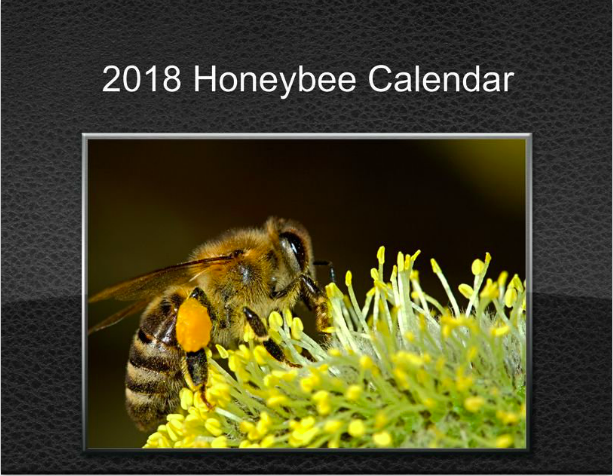At the time, the abbey beekeepers were learning to work with varieties of newly imported European honeybees and desperate to try to find a strain that could not just survive but flourish in the cold and damp English weather. In this slim volume Brother Adam shares the innovations they made and perfected for their beekeeping equipment, hive management practices and bee breeding. Some of the things he notes as critical to success at Buckfast Abbey:
Insights into Buckfast Abbey hive management practices:
Not everything Brother Adam shares is applicable to beekeeping in our time and place. In the forty years since this book was written researchers have learned a lot about bees, their biology, and of course today there different threats to bee health. In addition, the beekeeping environment Brother Adam is writing about is local to Devon, England not our weather or seasons. Brother Adam writes with a distinct voice thanks to a rich vocabulary and strong opinion on how to manage bees. The book is engaging and accessible to a intermediate-level beekeeper who has familiarity with more specific beekeeping terms and techniques. The photos of Buckfast apiaries and equipment are fascinating to explore. Who would enjoy this book? Anyone who is looking to learn from a legend in beekeeping and who wants to know more about beekeeping techniques, evolution of beekeeping equipment and history of beekeeping. Last but not least, Brother Adam shares his recipes for mead in the last chapter. I fully intend to try the Buckfast recipe after my next honey harvest.
|
AuthorWrite something about yourself. No need to be fancy, just an overview. Archives
March 2019
Categories |





 RSS Feed
RSS Feed